A Couple of Crazy Audio Products: DYI Vinyl?
Making 10-minute Vinyl discs at home?
You simply can’t make this stuff up. As an alum of the Kickstarter platform, I get their promotional emails and happened to notice a new audio related campaign yesterday — and a very successful one at that! After only 10 days on the KS website, the PHONOCUT HOME VINYL RECORDER has already topped $400,000. The originators are based in Vienna and believe that there is a market for “vinyl mix” discs and homemade vinyl. And given the initial success of their campaign, it seems they may be right. Their do-it-yourself “toy” vinyl cutting machine is being offered at the not so playful price of $1850! And then you get to purchase vinyl blanks for $11 each — and they only hold about 10 minutes or 3 songs. Rather than LPs these DYI discs should be called SPs for “short playing”. This product is crazy! Maybe it made sense back in the 40s or 50s but today?
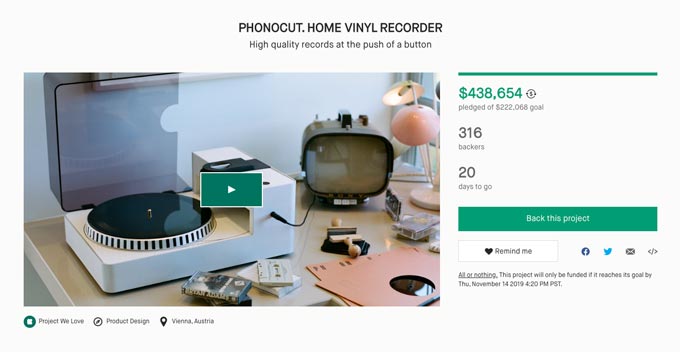
At a time when you can carry around thousands of “high-resolution” tracks in your pocket for just a few hundred dollars or record perfectly good sound on your smartphone, I’m astounded that audio enthusiasts are willing to fork over a couple grand to record low fidelity, fragile 10-minute vinyl discs that can only be played on a decidedly non portable turntable. I read through some of the FAQs looking for technical specifications but found very few. Backers looking for assurances of high grade components and performance will be not be reassured. When asked about what type of drive motor is used, they originators responded with a non answer “A high quality drive motor.”
As a professional engineer and someone that has worked with a cutting lathe, I know it’s as much art and it is science to master a new vinyl LP. You may have thought that a cutting lacquer master (this is what the first step in making a real vinyl LP) required some skill and experience — not to mention more than a few pieces of expensive hardware — but not according to the people behind this gimmicky product. No technical knowledge is required. Simply plug any stereo source into the mini jack input and hit that start button.
Being skeptical of the Phonocut Home Vinyl Recorder, I downloaded one of the promotional videos and did a little detective work using Adobe Audition. The video contains roughly 10 seconds of the original digital master, 11 seconds from “the pressed vinyl record, traditionally produced from a cut made by a professional Scully lathe,” and the rest from “the record we directly cut in the studio on vinyl with our brave little PHONOCUT machine.” Even assuming that the audio of the MP4 compressed video is highly compromised, my analysis shows some anomalies. Here’s the spectra of all three versions:
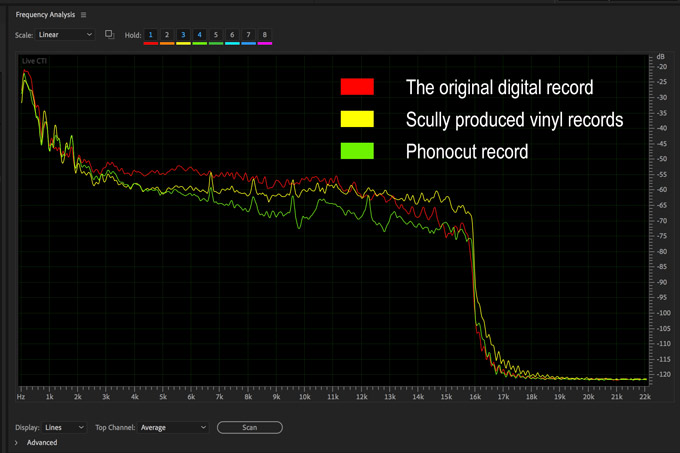
The sharp rolloff at 16 kHz is due to the compression KS inflicts on any source video but the spectra of the original digital files is obviously superior to either the vinyl LP or Phonocut version. The gentle rolloff of high frequencies is not desirable or necessary. That’s part of why the RIAA Equalization curve is used in cutting discs.
The second figure is even more telling. I used Audition’s ability to dissect the dynamics of each section. Take a look:
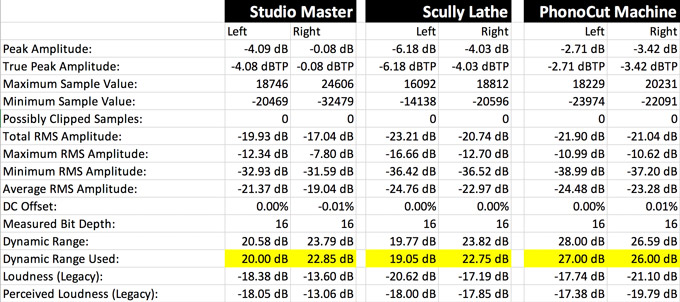
A couple of things are apparent from even a casual look at this table. First, the amplitude of the a real vinyl LP is 1-3.5 dB quieter than the disc cut on their toy disc cutting machine. And how do you think it’s possible for the dynamic range of the Phonocut disc to be larger than the original digital file? It’s not possible. Somebody juiced the levels and internal dynamics of this comparison to make the Phonocut product seem better than it probably is. Shame on them.
A Set of Miniature Megaphones For Your Ears
Another KS campaign coming out of the UK claims to “upgrade your ears” by inserting small metal megaphones in your ears. They call is “earHD” and go explain how their devices work. They’ve managed to raise almost $80,000 over the past three weeks.
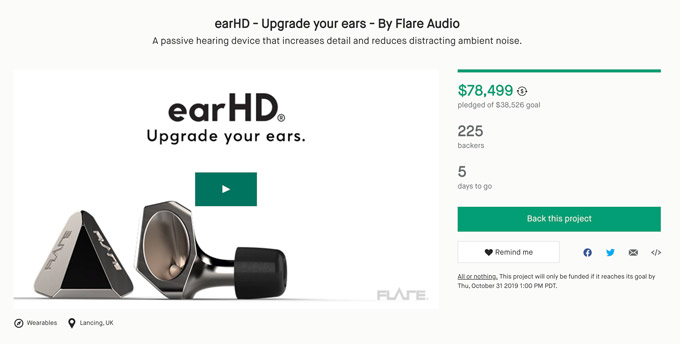
I’m reminded of some of the passive hearing enhancement devices from the past. They’re not hard to find by doing a simple search.
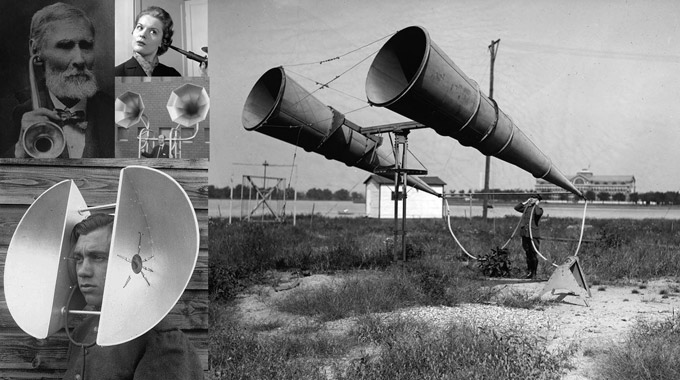
The problem is the shape of your pinnae guarantees the sounds that reach your ears have the proper equalization AND allow you to hear directionality. Go ahead and try placing your hands cupped behind each ear. Sounds appear louder but they don’t sound natural. Everything these people pitch as advantages to their devices are actually reasons why not to muck with your ears by putting something into them.
The HD-Audio Challenge II Is Coming
I spent a few hours yesterday and this morning preparing the first track for the upcoming HD-Audio Challenge II. I selected a track from The Latin Jazz Trio titled Memories of Rio. From the original 96 kHz/24-bit track I derived 5 other downconversions: a 96 kHz/16-bits, 44.1 kHz/24-bits, 44.1 kHz/16-bits (Redbook Spec), 320 kbps MP3, and 256 kbps MP3. The plan is to offer readers ALL of these files and let you see if you can perceive sonic differences between any pair, subgroup, or all of them. They have all been placed in a 96/24 shell so that they are the same size.
Before I proceed with the rest of the 20 planned tracks, I’m open to suggestions from the AIX Records catalog. If there are tracks that you think should be included in the upcoming test, please write and let me know. I’ve already received some correspondence and a few comments from interested readers. I’m hoping to launch the HD-Audio Challenge II before I leave to DC next week. The files will be available from my Dropbox account.
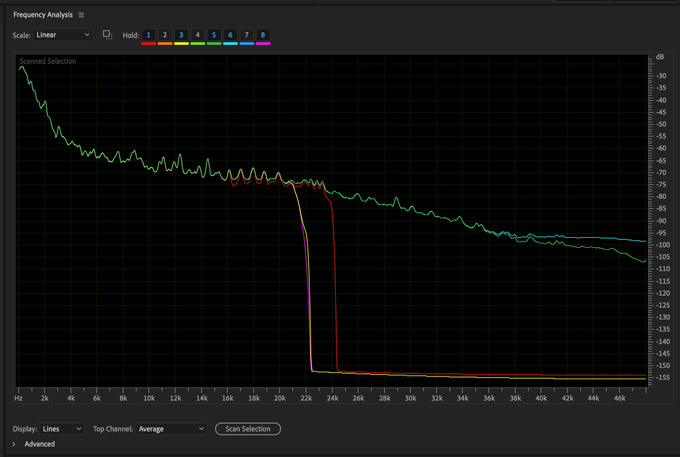
The question I’m hoping to answer is whether audiophiles will be able to tell the six different version apart. More information is on the way. Stay tuned.
Special Halloween Discount Specials
In the spirit of the holiday and in appreciation for the encouraging comments discussed above, I’ve added a coupon to both the Music and Audio Guide and AIX Records web stores.
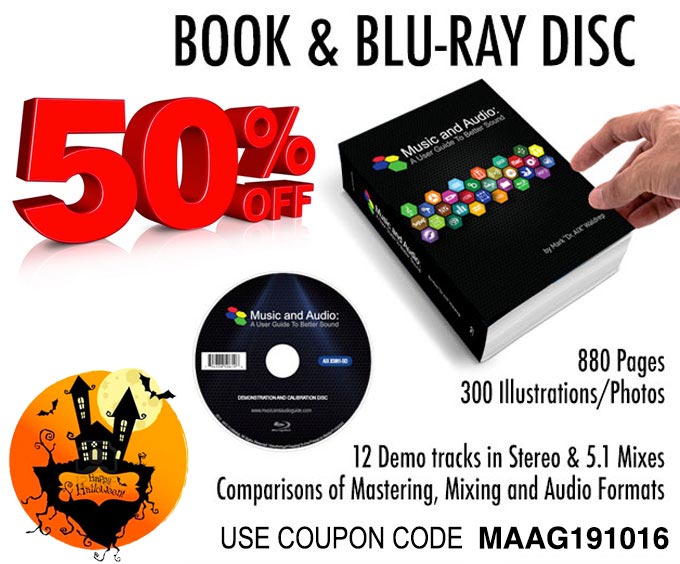
Use MAAG191016 during check out from the Music and Audio Guide page for a 50% discount on the physical paperback book. And you can use AIX191101 on the AIX Records website to receive 24% off all of our recordings. Thanks for your continued support.


Bonkers. anyone would think vinyl was fashionable or something…